Refine listing
Actions for selected content:
16950 results
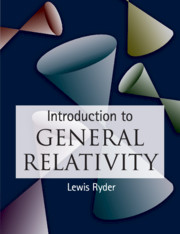
Introduction to General Relativity
-
- Published online:
- 05 June 2012
- Print publication:
- 11 June 2009
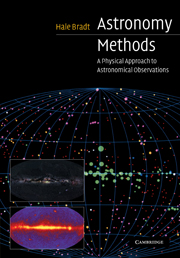
Astronomy Methods
- A Physical Approach to Astronomical Observations
-
- Published online:
- 05 June 2012
- Print publication:
- 11 December 2003
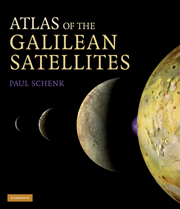
Atlas of the Galilean Satellites
-
- Published online:
- 05 June 2012
- Print publication:
- 05 August 2010
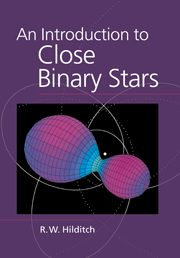
An Introduction to Close Binary Stars
-
- Published online:
- 05 June 2012
- Print publication:
- 12 March 2001
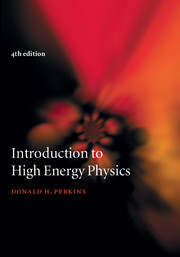
Introduction to High Energy Physics
-
- Published online:
- 05 June 2012
- Print publication:
- 13 April 2000
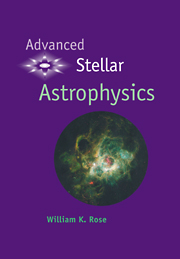
Advanced Stellar Astrophysics
-
- Published online:
- 05 June 2012
- Print publication:
- 16 April 1998
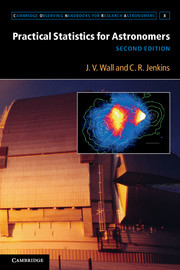
Practical Statistics for Astronomers
-
- Published online:
- 05 June 2012
- Print publication:
- 26 April 2012
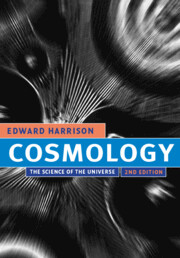
Cosmology
- The Science of the Universe
-
- Published online:
- 05 June 2012
- Print publication:
- 16 March 2000
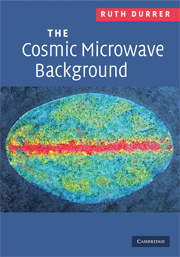
The Cosmic Microwave Background
-
- Published online:
- 05 June 2012
- Print publication:
- 07 August 2008
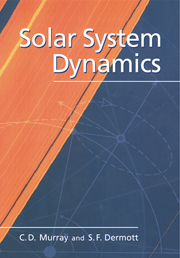
Solar System Dynamics
-
- Published online:
- 05 June 2012
- Print publication:
- 13 February 2000
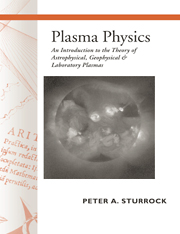
Plasma Physics
- An Introduction to the Theory of Astrophysical, Geophysical and Laboratory Plasmas
-
- Published online:
- 05 June 2012
- Print publication:
- 02 June 1994
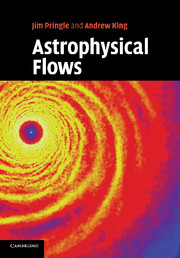
Astrophysical Flows
-
- Published online:
- 05 June 2012
- Print publication:
- 26 April 2007
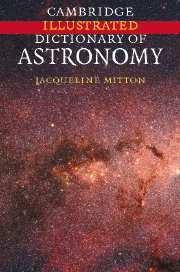
Cambridge Illustrated Dictionary of Astronomy
-
- Published online:
- 05 June 2012
- Print publication:
- 20 December 2007
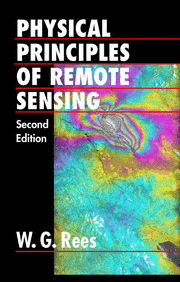
Physical Principles of Remote Sensing
-
- Published online:
- 05 June 2012
- Print publication:
- 13 September 2001
-
- Book
- Export citation
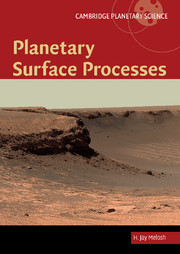
Planetary Surface Processes
-
- Published online:
- 05 June 2012
- Print publication:
- 25 August 2011
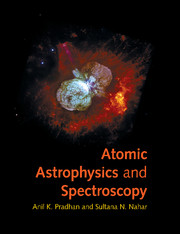
Atomic Astrophysics and Spectroscopy
-
- Published online:
- 05 June 2012
- Print publication:
- 06 January 2011
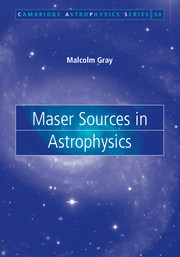
Maser Sources in Astrophysics
-
- Published online:
- 05 May 2012
- Print publication:
- 26 April 2012
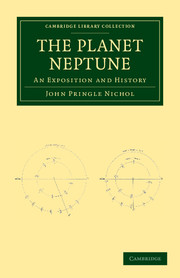
The Planet Neptune
- An Exposition and History
-
- Published online:
- 05 May 2012
- Print publication:
- 03 November 2011
- First published in:
- 1848
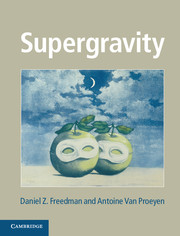
Supergravity
-
- Published online:
- 05 May 2012
- Print publication:
- 05 April 2012
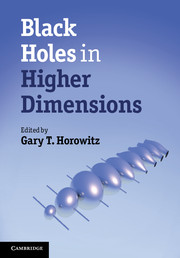
Black Holes in Higher Dimensions
-
- Published online:
- 05 May 2012
- Print publication:
- 19 April 2012
